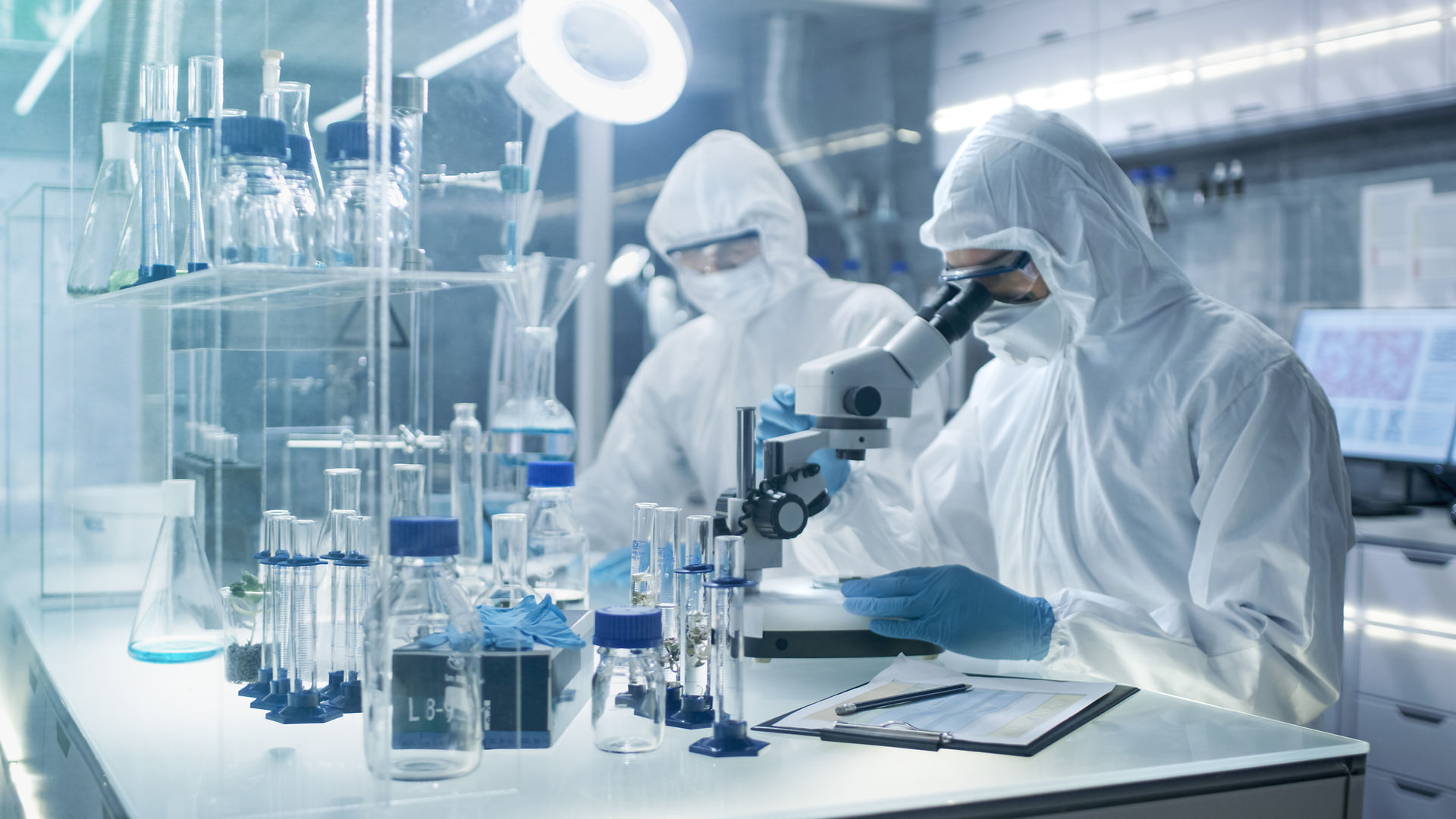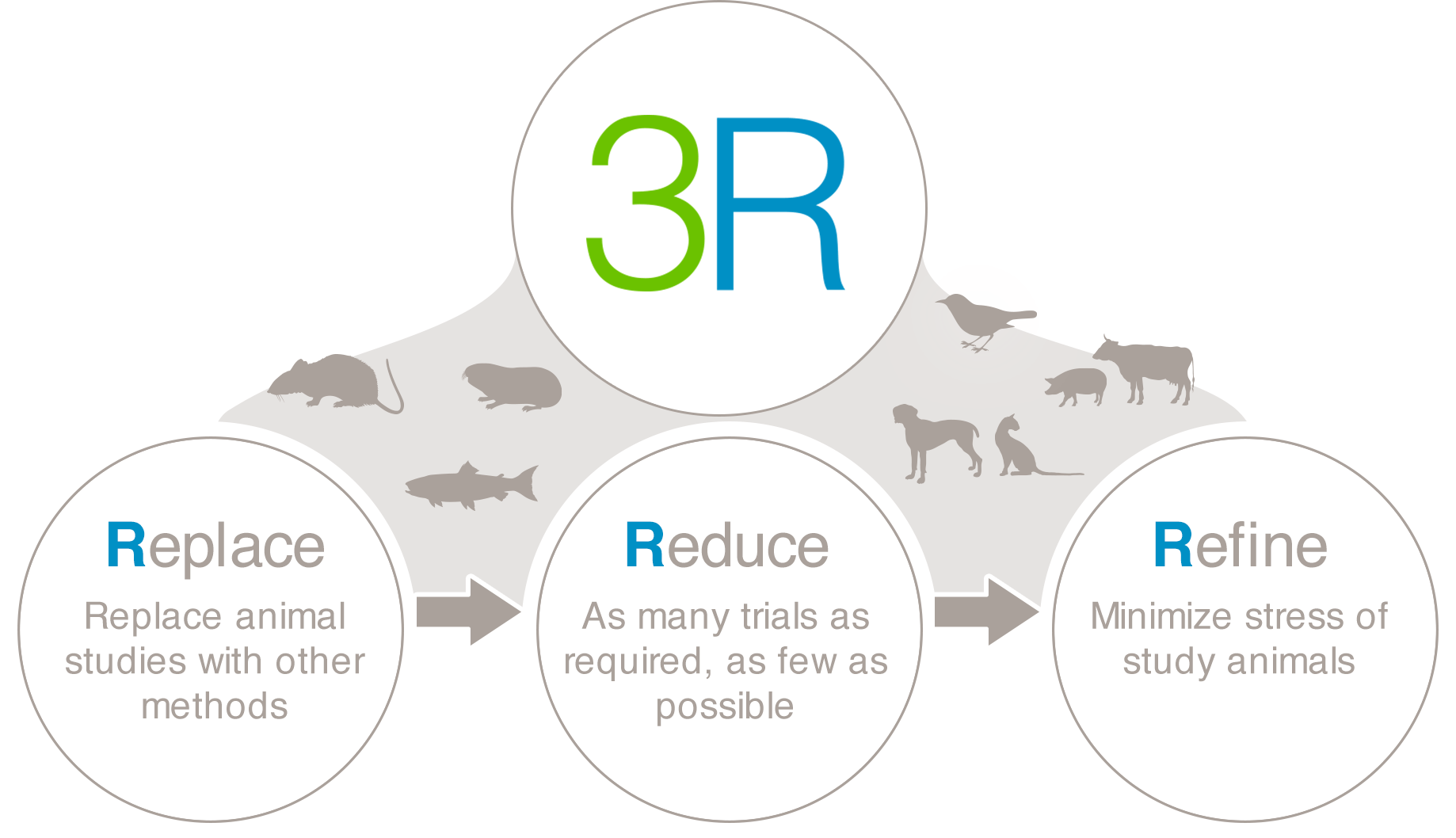top of page



Statistics from Cruelty Free International presented that 115 million animals all over the world are used for animal testing annually.
Animals have been used in testing and research across a variety of industries, from
cosmetics developments to the studies of human drugs and diseases. Moreover, along with the wide-used of animal testing, the debates on animal testing have raged
based on different aspects.
In my point of view, animals should not be used to test the safety of medicines because of inhumanity, unreliability, and unnecessity.
Firstly, the process of animal testing is inhumane.
In the experiments, many animals, such as dogs, cats, birds, mice, fish, rats, rabbits…etc are suffering.
For example, they are physically restrained, forced fed, deprived of food, and even exposed to chemical or toxic substances and infected with disease. All of the above can have severe destruction of the animal bodies, both mentally and physically.
Moreover, animals who are still alive by the end are usually killed. Therefore, the procedure of the experiments is inhumane by seriously infringing on animal rights.
Secondly, animal testing is unreliable due to different physiological mechanism between human beings and animals.
Even though the medicines or health products have already succeeded and been approved in animal testing, it does not mean that the experiments are flawless or the products are 100 percent safe for human beings.
Thalidomide tragedy, the famous example of a medicine, which was considered to be safe for animals, went on to damage humans. In 1961, after being released and sold for five years as a cure for pregnant women with morning sickness, the medicine was confirmed to be responsible for babies being born with underdeveloped limbs and other deformities.
Eventually, it is revealed that the medicine was never tested on pregnant animals before being offered to pregnant women. Besides, the data presents that the percentage of animal testing which successfully predicted real human consequences is under 50. This is because other species rarely naturally suffer from the same diseases as human beings.
Under the circumstances, animal testing is unreliable since the outcomes may be incomplete, and that animals are fundamentally different from humans.
Thirdly, animal testing is unnecessary since there are more effective alternatives.
Many people may argue that animals contributed to several treatments and cures, which further led to medical progress and also saved human lives in the end.
But, as we are in an advanced world, animal testing is not the only way to measure the effectiveness of medicinal products, or test the safety of products for humans.
Dr. Melvin Andersen, co-author of the report and former director of the Division of Computational Biology at The Hamner Institutes for Health Sciences (2008) stated that animal testing is no longer the gold standard. Furthermore, the reason why we still use animal testing is not because it is the correct process, but a comfortable process.
Thus, we have to jump out of the comfort zone, and seek more effective alternatives for animal testing which are faster, less expensive, and more reliable.
To sum up, animal testing should be replaced and banned due to inhumanity, unreliability, and unnecessity.
In recent years, many countries have passed laws to ban or limit cosmetic animal testing. In 2013, a ban concerning cosmetics testing on animals succeed in working in the European Union. And it leads to the prohibition of Cosmetic companies selling their products that conduct animal testing in the EU countries.
Unfortunately, there is no sound legal restriction regarding medical animal testing.
So far, the 3Rs (Replacement, Reduction, and Refinement), a moral framework that aims at enhancing laboratory animal welfare, is the most important principle for animal testing laboratories worldwide. And the principle showed that people are taking actions.
Hopefully, animal testing can be completely banned and replaced by alternatives soon.
Reference:
Gilbert M. Gaul, “In U.S., Few Alternatives to Testing on Animals,” The Washington Post, April 12, 2008.
Sources:
https://reurl.cc/Kb9WVg
https://reurl.cc/QLaq19
https://reurl.cc/k1oe4n
https://reurl.cc/55Rx7z
https://reurl.cc/DyO2NR
https://reurl.cc/e3kKvx
https://reurl.cc/q5YWzN



.jpg)

What is The Matter with Animal Testing?

bottom of page

